Technologies For Innovation
SERVICES
After-sale service
+86 10-57374441
13
10
Comparison of PE and Boric acid in Sample Preparation for XRF Analysis
Ruishenbao Analytical (Shanghai) Co., Ltd
Key word: XRF analysis, XRF sample preparation,
Powder pressing method is simple, fast, and low-cost. It is suitable for trace analysis of medium and heavy elements as well as the determination of main, secondary, and trace elements in the relatively consistent category with no high accuracy requirements. As one of the commonly used sample preparation methods for XRF analysis, it is particularly suitable for the analysis of large quantities of solid powder samples. It is to put into a special mold the powder sample that has been dried or roasted, ground and mixed evenly, and then samples for XRF analysis are produced with pressure of a pellet press. In order to preserve well and prevent any tablet edge damage, the powder pressing method with the metal ring (or plastic ring) has been used since the 1980s, but gradually replaced by the pressing method with lining and bottom material which has high efficiency but low risk of contamination. At present, the commonly used lining and bottom materials are boric acid and low-density polyethylene(PE). The following is a practical comparison of these two materials provided by Yang Yong, the engineer who has many years of maintenance experience for pre-treatment equipment for XRF analysis.
1. Usage method
The molds and methods for boric acid and low-density polyethylene are exactly the same, and they can be interchanged. But low-density polyethylene can be directly pressed into cups(see the figure below) for direct use in sample preparation, improving sample production efficiency.
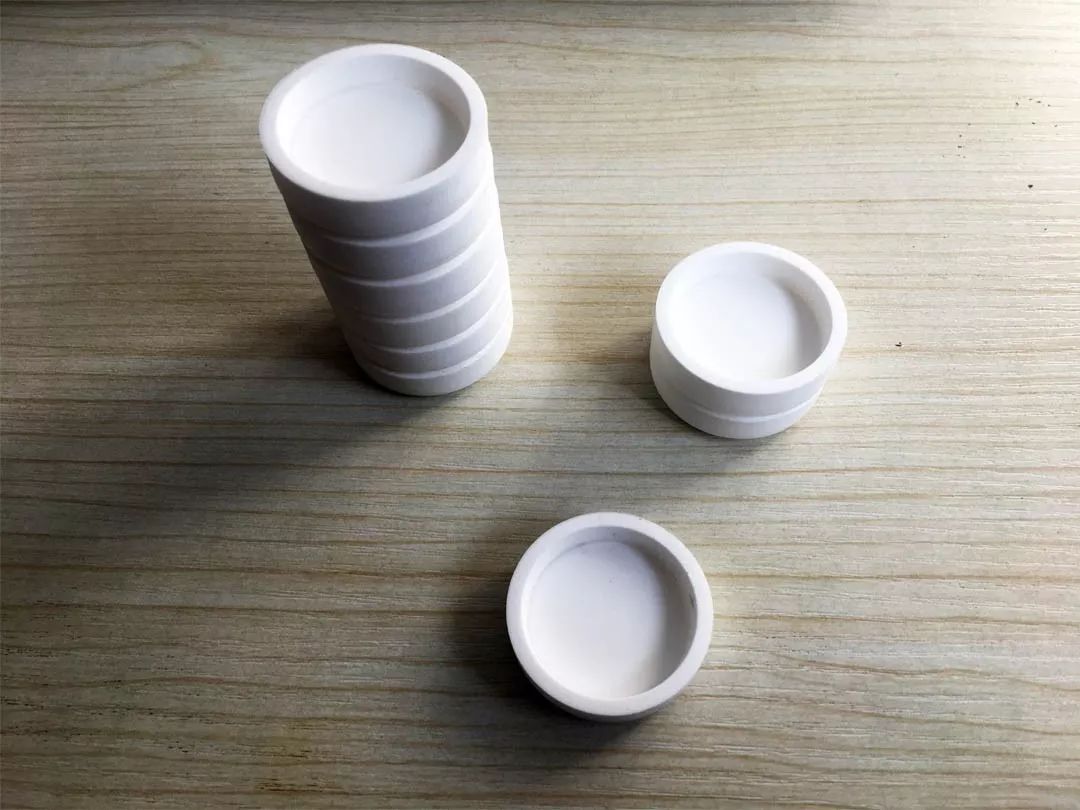
2. Application comparison
Table 1
|
|
Boric acid |
Low-density polyethylene |
|
Image |
White powder crystals or scaly glossy crystals with three oblique axis surfaces; Smooth but sticky, no stink. |
Odorless, tasteless and non-toxic white particles or powder |
|
Fusion temperature |
At 100 ~ 105℃,metaboric acid forms, At 104 ~ 160℃ for a long period, pyroboric acid forms, At higher temperature, anhydrous material forms, At 184℃, decomposed. |
131℃ |
|
Density |
1.4347 g/cm3 |
0.910-0.925g/cm3 |
|
Softening temperature |
No data |
120-125℃ |
|
Brittle temperature |
No data |
-70℃ |
|
Features |
Soluble in water, alcohol, glycerin, ether and essential oils |
Heat resistance, cold resistance, wear resistance and dielectric and chemical stability |
|
Notes |
Volatile with water vapor, irritating, toxic, causing death after eating in serious conditions |
Low water absorption and water vapor permeability , but poor aging resistance |
Since the physical properties of boric acid and low-density polyethylene show great unlikeliness (see Table 1), the difference during production is obvious:
(1) Low pressure polyethylene has good chemical stability to be prefabricated into cups. Besides, using a funnel to add samples can be deleted in the process of sample preparation, shortening production time and improving production efficiency. As to boric acid, it is volatile and water soluble with short-term preservation.
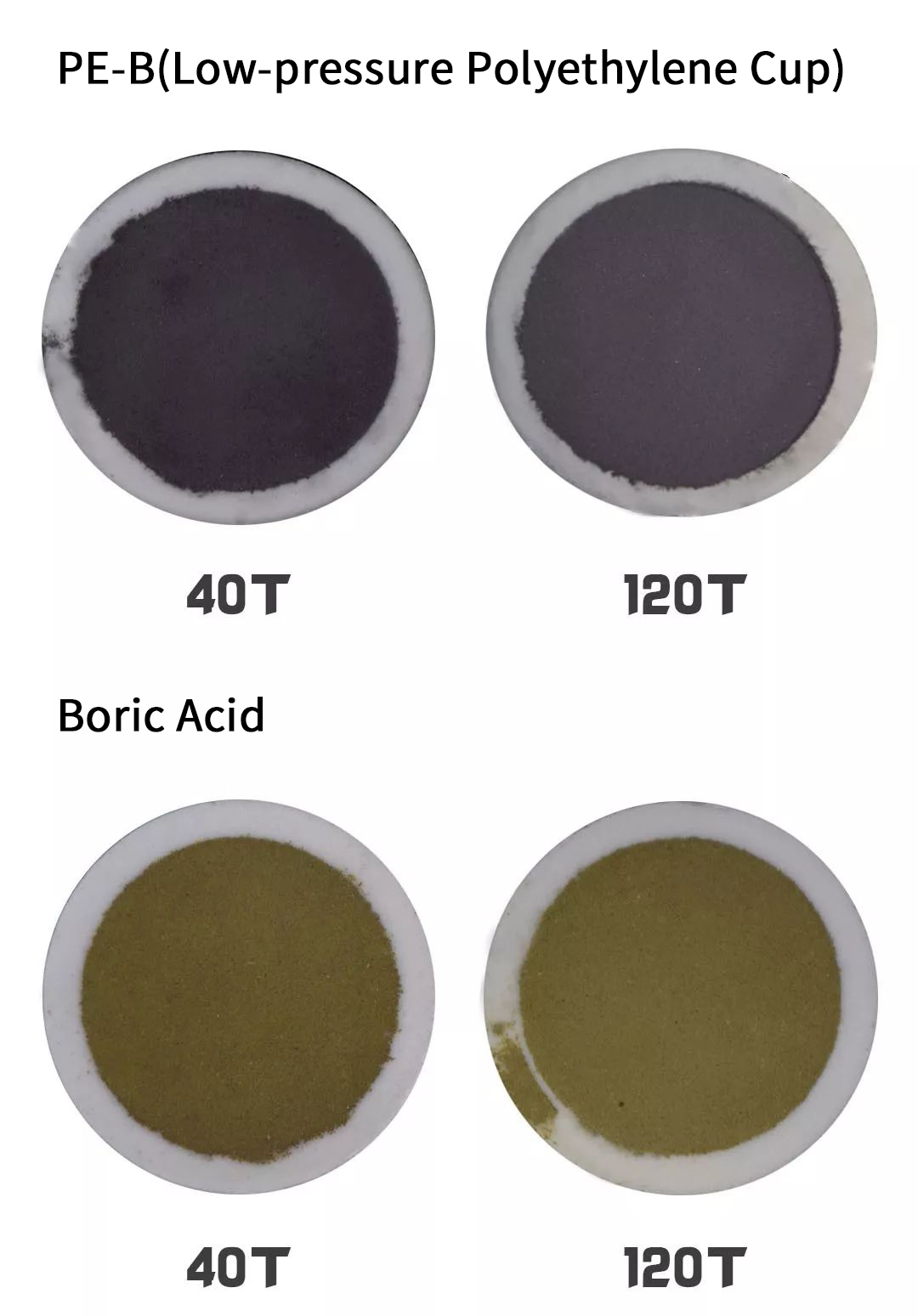
(2) The granularity of low pressure polyethylene is larger than that of boric acid, resulting less risk of molds contamination during use.
(3) Boric acid is volatile so that long-term use under the influence of thermal effects(X-ray exposure to the sample) will lead to a decrease of fluorescence vacuum and reduce the service life of the optical tube; yet the use of low-pressure polyethylene reduces the pollution risk of the instrument.
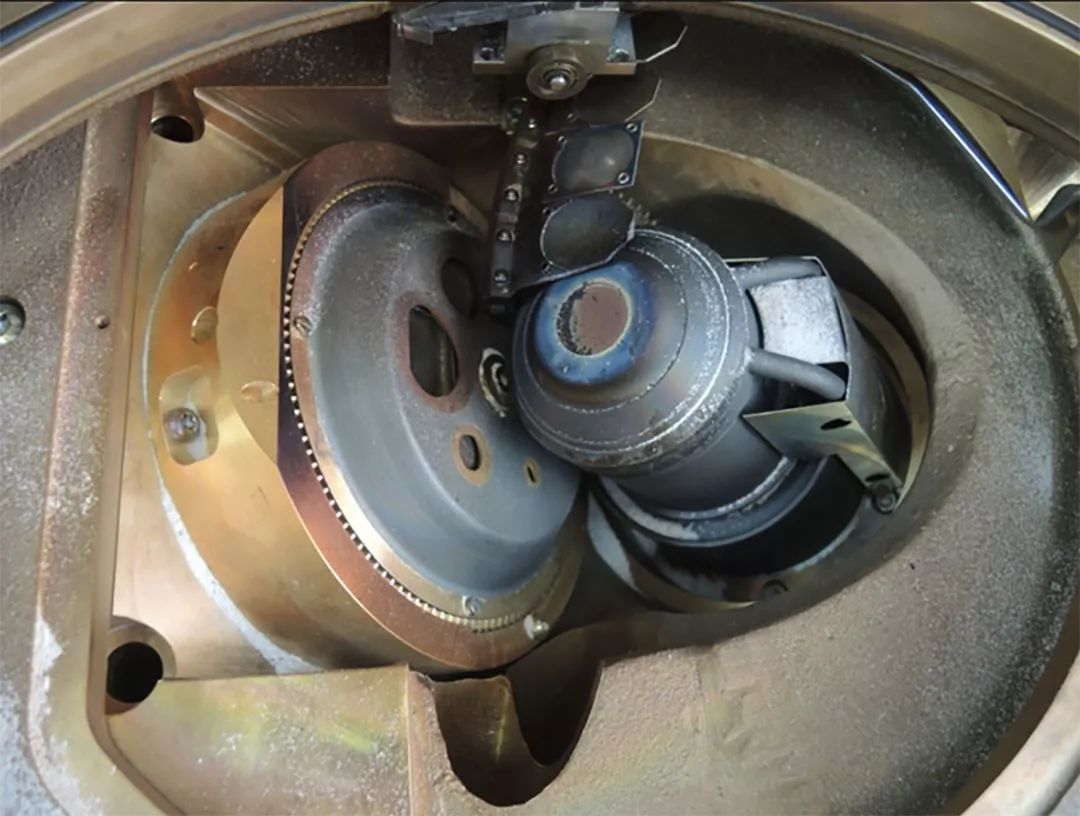
(4) The fly-edge phenomenon occurs in the outermost ring of the sample after the low-pressure polyethylene powder is completed(the fly-edge is removed before the measurement); Rigid boric acid does not.
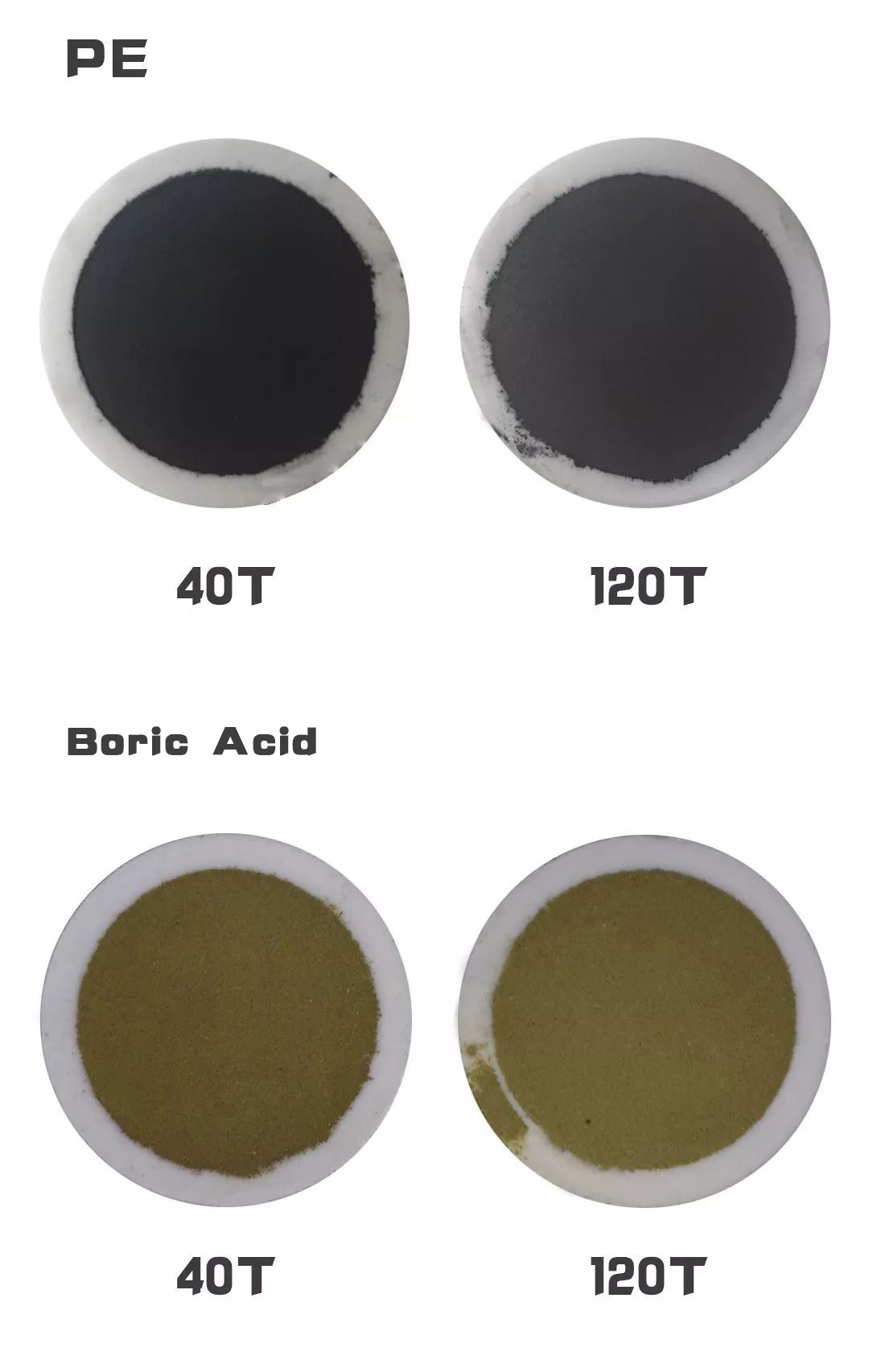
(5) The rigidity of boric acid causes busting out easily when making high-pressure samples, while polyethylene does not.
3. Summary
In summary, these two materials in the sample preparation by powder pressing method for XRF analysis have the following advantages and disadvantages:
Table 2
|
|
Boric acid |
Low-density polyethylene |
|
Advantages |
With high rigidity, residual powder on the produced sample surface can be cleaned by a rubber suction bulb for subsequent direct measurement. |
The great stability and non-volatility in heat decrease the contamination risk. Besides, prefabricated low-density polyethylene cups can effectively improve sample production efficiency. |
|
Disadvantages |
During measurement, boric acid will volatilize because of the thermal effect of X-ray, which will reduce the service time of X-ray tube, increase the contamination risk and affect long-term preservation. |
The fly-edge phenomenon occurs in the outermost ring of the sample during the production process, so remove the fly-edge before the measurement. |
After comparison, we can conclude that low density polyethylene with obvious advantages as a reagent for lining and bottom can completely replace boric acid.
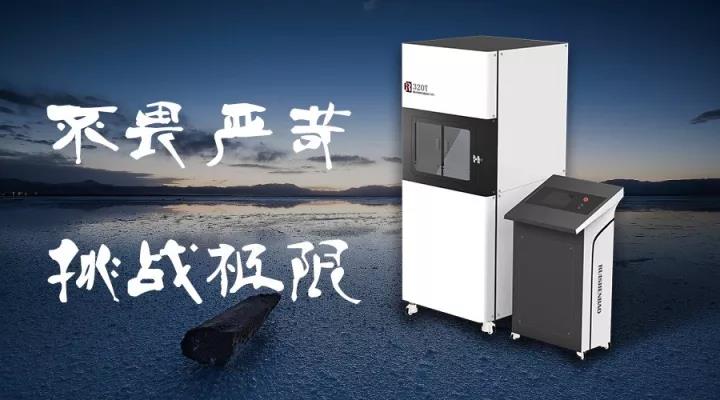
+86 10-57374441
+86 136 8188 9743
info@ruishenbao.com
Whatsapp:+86 13681889743
Skype:+86 13681889743
Room1006,No.280,ShangZhongXiLu,Xuhui district,ShangHai,200237,P.R.China

+86 10-57374441
+86 136 8188 9743
info@ruishenbao.com
Whatsapp:+86 13681889743
Skype:+86 13681889743
Room1006,No.280,ShangZhongXiLu,Xuhui district,ShangHai,200237,P.R.China